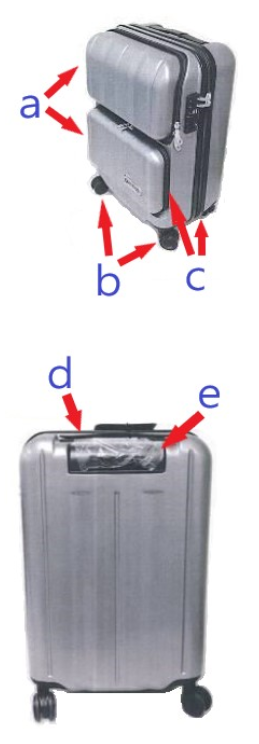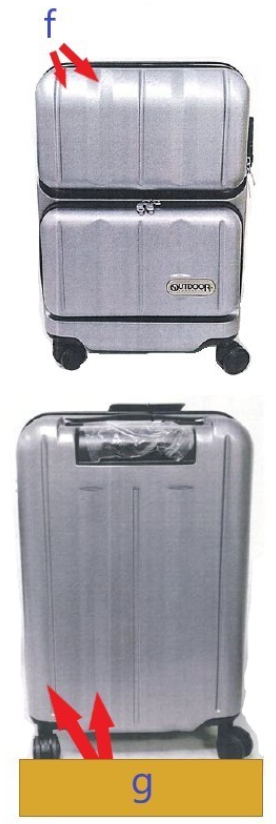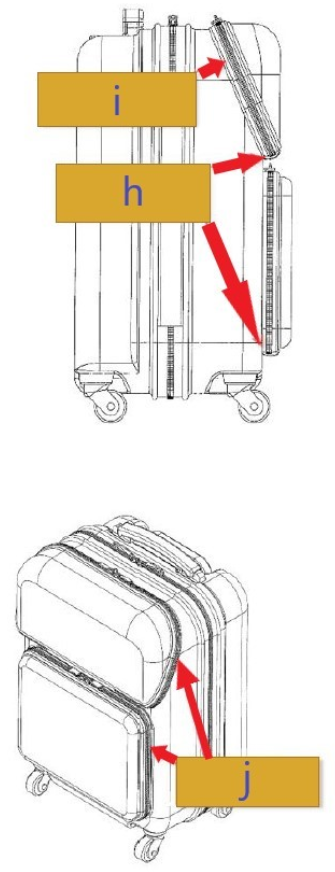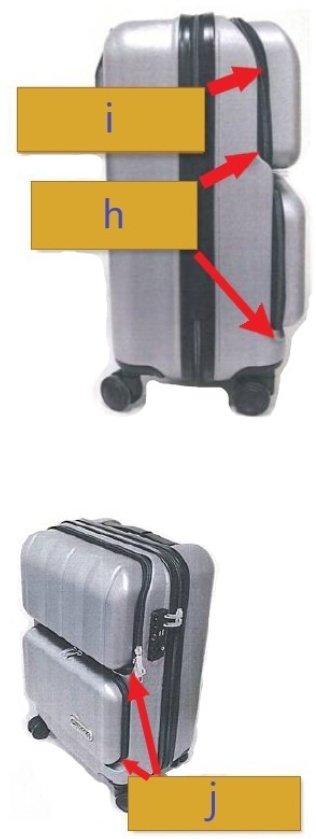Taiwan IP Court on Three-Way Visual Comparison for Design Patent Infringement
Date: 9 June 2021
【Volume 49】The “three-way visual comparison test” uses three different examples simultaneously for comparison, being the patented design on one side, the accused product, and prior art designs similar to patented design on the other side. If the accused product is more similar to the patented design comparing to the prior art design, the overall visual appearance of the accused product and the patented design tend to be deemed similar. On the contrary, if the accused product is more similar to the prior art designs comparing to the patented designs, the overall visual appearance of the accused product and the patented design tend to be deemed dissimilar.
In 2016, The Taiwan Intellectual Property Office’s revision of the“Directions for Determining Patent Infringement” (“Directions”) introduced the US patent examination “three-way visual comparison”, but the directions did not regulate that all cases must undergo the test1. In this case, the Taiwan Intellectual Property Court (IP court) reaffirmed the three-way visual comparison test is only an auxiliary method when it comes to determining design patent infringement2.
Case Fact
In July 2019, the patentee of the baggage design patent no. D171154 (the ‘154 patent) discovered that their patent seemed to be infringed by products sold by a company named Bag To You (alleged infringer and defendant) on websites. The patentee accused the defendant, requested them to stop producing, selling the contested product and demanded some infringement compensation. However, the Taiwan IP Court deemed the contested product did not fall within the scope of the ‘154 patent and dismissed the plaintiff’s complaint.
Design Features of the ‘154 Patent and the Contested Product
1. Common features of the ‘154 patent and the contested product:
⦁ Feature a: 2 rectangular shapes with rounded edges on the front side of the baggage
⦁ Feature b: 4 wheels on the bottom of the baggage
⦁ Feature c: 2 vertical zippers on the side of the baggage
⦁ Feature d: an arc shape handle on the top of the baggage
⦁ Feature e: an invert U shaped drag bar at the back of the baggage
| The ‘154 Patent | Contested Product |
|---|---|
|
|
|
2. Different features of the ‘154 patent and the contested product
⦁ Feature f: the 2 rectangular shapes of the ‘154 patent are smooth; whereas the surface of the 2 rectangular shape of the contested product contains 3 groove lines and 2 shallow concave lines.
⦁ Feature g: the back of the ‘154 patent is smooth; whereas the back of the contested product contains 3 groove lines and 2 shallow concave lines.
⦁ Feature h: the side view of the front side of the ‘154 patent is a straight inclined line and a vertical line; whereas the contested product is a step-shaped concave
⦁ Feature i: the side view of the upper rectangle on the front of the ‘154 patent is an inclined zipper; whereas the side view of the upper rectangle on the front of the contested product is an arc line zipper.
⦁ Feature j: no concave design for the perimeter of the 2 rectangles of the ‘154 patent; whereas there are concave designs for the perimeter of the 2 rectangles of the contested product.
| The ‘154 Patent | Contested Product |
|---|---|
|
|
|
| The ‘154 Patent | Contested Product |
|---|---|
|
|
|
The Taiwan IP Court’s Opinion
As shown above, the technical features f, g, h, I, j all provided obvious different design features comparing to the ‘154 design. Moreover, an ordinary observer can compare the side view of both products and see the zipper of the contested product is “arc line with straight line”; whereas the ‘154 design is “inclined line and straight line”, and conclude there is great difference and no substantial similarity. When a consumer is purchasing a baggage, the difference between the ‘154 design and the contested product is big enough to cause overall visual distinction for the consumer.
The overall visual appearance of the ‘154 design and the contested product for a consumer while shopping products is distinctive. The difference of features between the two designs is noticeable enough to tell the ‘154 design apart from the contested product and avoid likelihood of confusion. Therefore, there is no need for a three-way visual comparison test as the auxiliary method.
Moreover, the designs of the exterior appearance of patented baggage are well established in the field of baggage. The main focus of performing creativity and designing those type of products is on the exterior shell of the baggage. The small differences between the contested product and the ‘154 design obviously can easily affect the overall visual impression of the product.
Wisdom’s Comments and Suggested Strategies
If an alleged infringed product is obviously similar or dissimilar to a patented design, there is no need to include another prior art and consider to proceed the three-way visual comparison test. The defendant in this case raised prior art defense and proved that there existed differences in the appearance of the ‘154 design and the contested product. It can be known that the plaintiff intends to lead the judge thinking the alleged infringed product and the patented design are not plainly dissimilar, then later win this lawsuit by using the three-way visual comparison test.
However, the Taiwan IP Court deemed that in this present case, the exterior features of baggage products are well established in its field. Features being well established in its field indicates the product already has countless designs over the past years, which causes the main features of the baggage exterior to be similar. Therefore, small differences of the product obviously will easily affect the overall visual impression.
The main ordinary observer for design patents should be the consumer. If the party is involved personally, it may be difficult for them to be entirely objective. Therefore, the design patentee should be more cautious and considerate of all aspects when filing an infringement lawsuit, especially when the technical field is already well established. It is recommended to have opinions from different parties and evaluate the pros and cons before pursuing legal actions.












